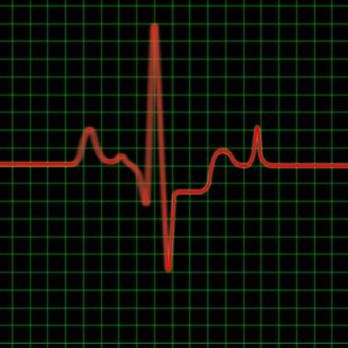What you need to know about blood clots
Friday, September 07, 2012

Warning Signs of a Blood Clot

Often, you hear about a deep vein thrombosis (DVT) when a famous person has a clot in the leg that breaks free and enters into the lungs, causing a potentially fatal pulmonary embolism (PE). Tennis star Serena Williams suffered from a PE following a knee injury, which she has called, “the scariest moment in her life.” Luckily for Serena, the clot was caught and treated in time. But unfortunately, about one-third of all people who suffer a PE will die.
GoLocalWorcester interviewed Dr. Louis Messina, a vascular physician at UMass Memorial Medical Center, about the dangers of DVT and important information on how to prevent a clot.
What is a DVT/PE?
Deep vein thrombosis (DVT) occurs when a blood clot forms in a large vein. Typically, a DVT causes leg swelling and pain. Long term, about one-third of patients who experience a DVT will develop “chronic venous insufficiency”. Chronic venous insufficiency occurs as a consequence to damage to the delicate valves within veins caused by DVT. This condition can lead to chronic leg swelling, skin discoloration, and thickening.
Another major complication of acute DVT is pulmonary embolism whereby a portion or all of the blood clot breaks off and lodges in the veins of the lung that prevents oxygen from entering the blood stream.
Are you at risk for a blood clot?
According to Centers for Disease Control and Prevention, anywhere between 300,000 to 600,000 Americans are affected DVT/PE each year and 60,000 to 100,000 people die as a result. Many of those who have a DVT/PE also have complications that can greatly impact their quality of life.

What are blood clot symptoms?
DVT symptoms and signs aren’t always obvious. The classic signs, however, include a swollen and tender calf or leg. Unfortunately, these classic signs are present less than 50 percent of the time in DVT.
Other possible symptoms include:
- Red areas on the leg
- Swelling in one area or on one leg
- Pain or tenderness in one leg
- Temperature differences between the two legs (a leg with a clot may be warmer to the touch)
How are clots treated?
Treatment for blood clots usually involves anti-coagulants that keep the clot from worsening until the body has a chance to dissolve it. A filter is another option for people who have a history of bleeding in the stomach, bowel, or brain and are not able to safely take the blood thinners that are a standard of care for dangerous blood clots. For this procedure, physicians insert a spider shaped filter to catch the clots if they break loose. It’s placed inside the big vein in the abdomen that returns blood to the heart, called the inferior vena cava. The procedure for inserting and removing clots is relatively simple and can often be performed without general anesthesia.
Tips for avoiding a clot
One primary way to avoid DVT is to avoid prolonged periods of sitting or standing. For example, the next time you take a long flight or are in a situation where you sit for long periods of time, contract your calf muscles periodically or get up and walk for short periods. Here are some additional tips for preventing a clot:
- Pump your calf muscles by pushing your heels into the floor and then lifting up on your toes
- If you have room, stretch your legs straight out in front of you and flex and rotate your ankles
- Ask your doctor about the appropriate compression socks
- Make sure to stay well hydrated
- If at all possible, get up and walk around every half hour
You can find more information about DVT/PE on the UMass Memorial Medical Center website.
Related Articles
- MA Ranked Top 5 in US for Healthcare
- A New Approach to Controlling Your Blood Pressure
- Abdominal Aortic Aneurysms - a Silent Killer
- Tips to Prevent a Heart Attack
- NEW: ‘Voice of Red Sox’ Suffered Heart Attack before Crash




 Delivered Free Every
Delivered Free Every
Follow us on Pinterest Google + Facebook Twitter See It Read It